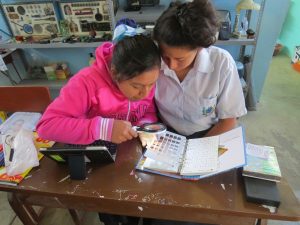
Visiting the School and Museum in Nivín, Peru
The community of Nivín is located about 25 km from the city of Casma on the north coast of Peru. The agricultural community is surrounded by massive archaeological sites that date from 200 B.C. to A.D. 1200. In the summer of 2015, my colleague, Elizabeth Cruzado Carranza and I were invited to visit the small school and museum in Nivín. The invitation was made by a teacher at the school, Professor Gustavo Valencia Tello. He integrates the archaeological resources of the area into the school curriculum and museum to teach students about the importance of their cultural heritage. Professor Valencia was aware of the community outreach work Elizabeth and I conducted in the highland Andean communities of the Huaylas Province. He wanted us to consider the possibilities for a similar project in Nivín. The blog post, An Archaeologival Surprise at Nivin, Peru, reflects on our 2015 visit to Nivín.
Both Elizabeth and I are committed to projects that operate from a perspective of co-creation. By that we mean any project we carry out with local communities must align with the communities’ interests and needs. To that end, we asked Professor Valencia about the Nivín school and museum needs. His immediate need was for Spanish language texts that detailed best practices for managing museum collections. He wanted to be certain that the Nivín collections were properly curated. We quickly provided those texts.

Co-Creative Projects with the Nivín Community
We then discussed the possibility of carrying out co-creative projects with the community in the future. We committed to returning to Nivín in June and July of 2016 to train the students on the methods for proper curation of the museum’s archaeological materials. Upon our return to the United States, we began to build support for the 2016 summer project in Nivín. We organized a fundraising campaign to purchase an electronic scale, iPads for data entry, measuring instruments and secure display cases for the Museum. One of the items on our equipment need list was a Munsell Soil Color Book. The Book was needed to record the colors of the ceramic vessels in the museum collections as well as soils at the surrounding archaeological sites. We are grateful that Munsell Color generously donated a Munsell Soil Color Book to our project at no expense.
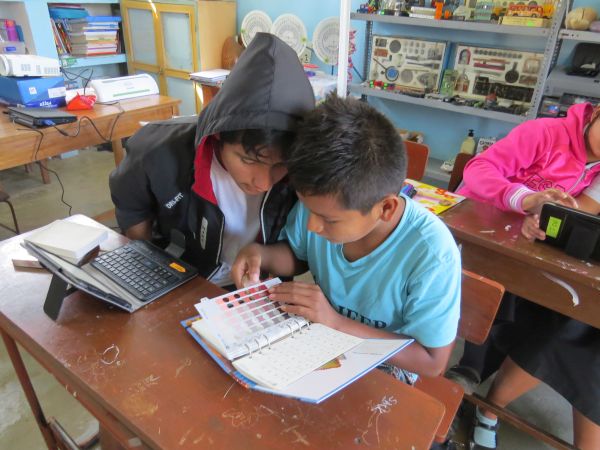
Learning to Use the Munsell Soil Color Book
During Elizabeth’s work with students in the summer of 2016, the Munsell Soil Color Book proved an integral part of the educational process. The students began to record the colors of the thousands of ceramic vessel sherds stored at the museum. The hue, value, and chroma notations were quickly grasped by the students who recorded and entered the data into an iPad database.
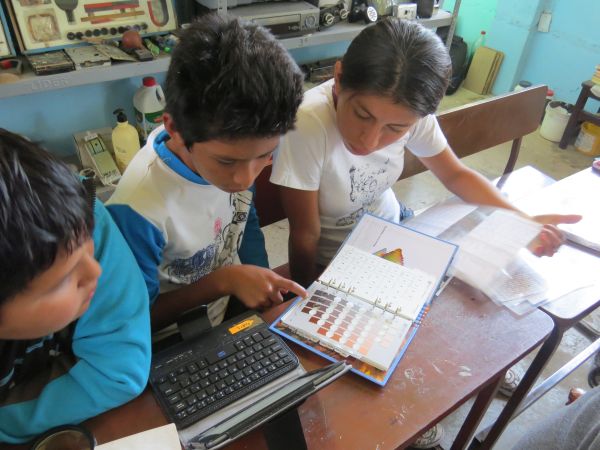
More importantly, the Munsell color data proved instrumental to accomplish the broader goals of the project – having the students understand the importance of cultural materials they routinely encounter in the agricultural fields around Nivín. For example, the students initially did not understand the value of the ceramic sherds spread across the fields. They knew that looters or huaqeros only valued the whole vessels they could sell to collectors. Elizabeth explained how information such as design, color, clay types from even small pieces of broken vessels provide information about the time period the vessel was used, prehistoric trade networks, and type of vessel. This educational process allowed the students to better understand the true value that all artifacts have in understanding the cultural heritage of an area. The summer process was so successful that the Nivín community chose to celebrate International Archaeology Day on October 15, 2016 sponsored by the Archaeological Institute of America.
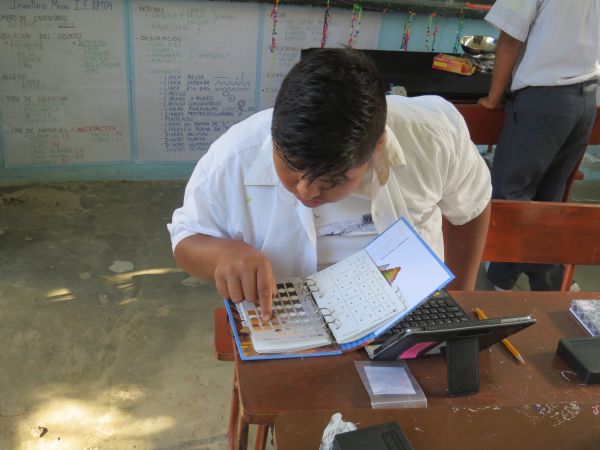
In the current school year Nivín students continue to record data using the donated materials including the Munsell Soil Color Book. In 2017 we will return to Nivín to continue our co-creative work with both the school and museum. The project will expand to begin a survey of the extensive archaeological sites that surround the community. In a true co-creative fashion, the students and community will be involved in the ongoing project that explores their cultural heritage.
For more information about the Nivín project see our 2016 Annual Report in English or in Spanish or subscribe to the project newsletter in English or in Spanish.
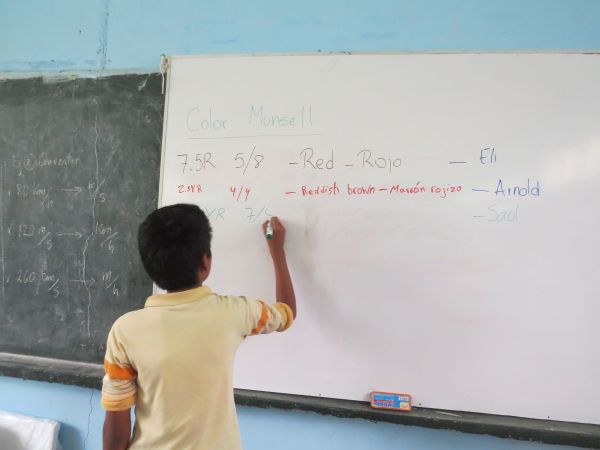

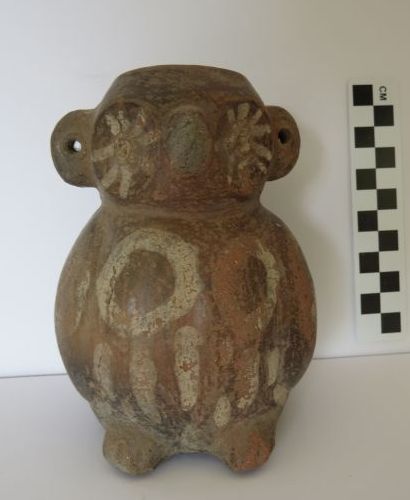
Biographies
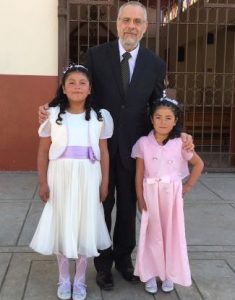 Robert Connolly has worked and published extensively for the past thirty years at the intersection of applied archaeology and community engagement as a university professor, museum director, and activist. He currently serves in the Geography and Anthropology at Louisiana State University, Baton Rouge. His current research projects are based both in Louisiana and Peru.
Robert Connolly has worked and published extensively for the past thirty years at the intersection of applied archaeology and community engagement as a university professor, museum director, and activist. He currently serves in the Geography and Anthropology at Louisiana State University, Baton Rouge. His current research projects are based both in Louisiana and Peru.
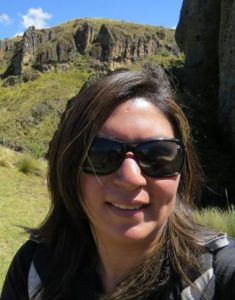 Elizabeth Cruzado Carranza has worked for over 10 years as an archaeologist in her native Peru. She received her BA and license in archaeology from the Universidad Nacional Mayor de San Marcos in Lima, Peru and MA in Archaeology from the University of Memphis. She is currently enrolled in the PhD program in Anthropology at Louisiana State University where her dissertation research will focus on archaeology of Peru’s north coast.
Elizabeth Cruzado Carranza has worked for over 10 years as an archaeologist in her native Peru. She received her BA and license in archaeology from the Universidad Nacional Mayor de San Marcos in Lima, Peru and MA in Archaeology from the University of Memphis. She is currently enrolled in the PhD program in Anthropology at Louisiana State University where her dissertation research will focus on archaeology of Peru’s north coast.



Thanks for sharing your insight.